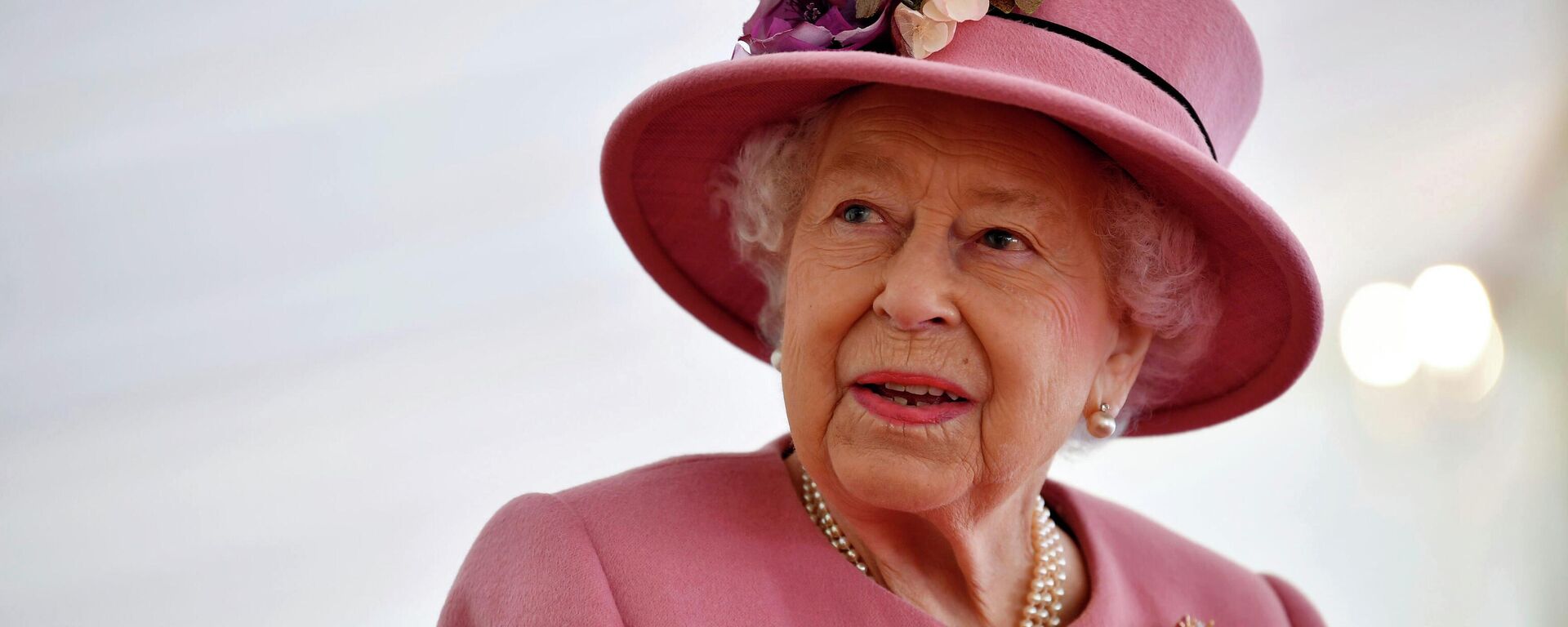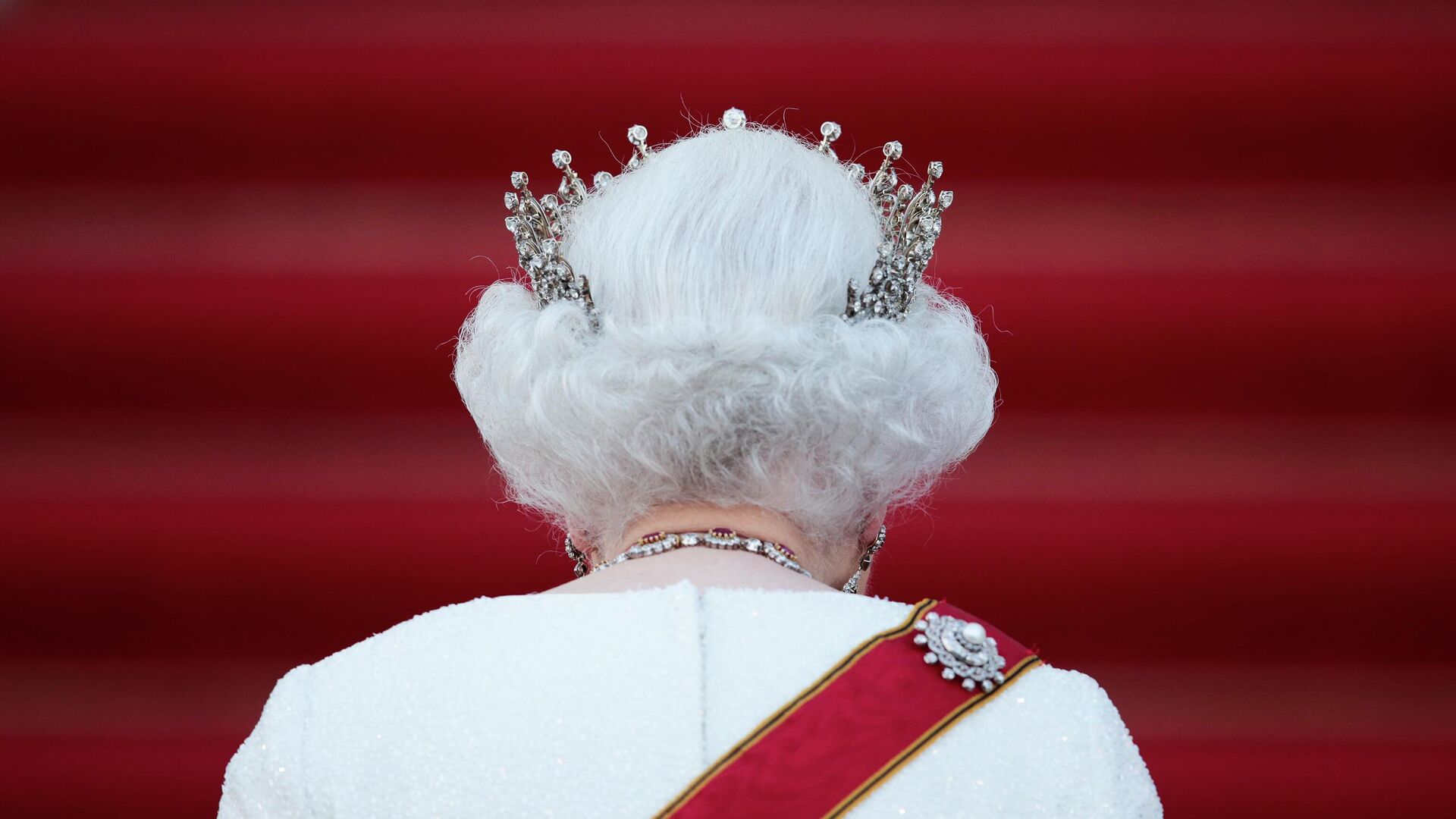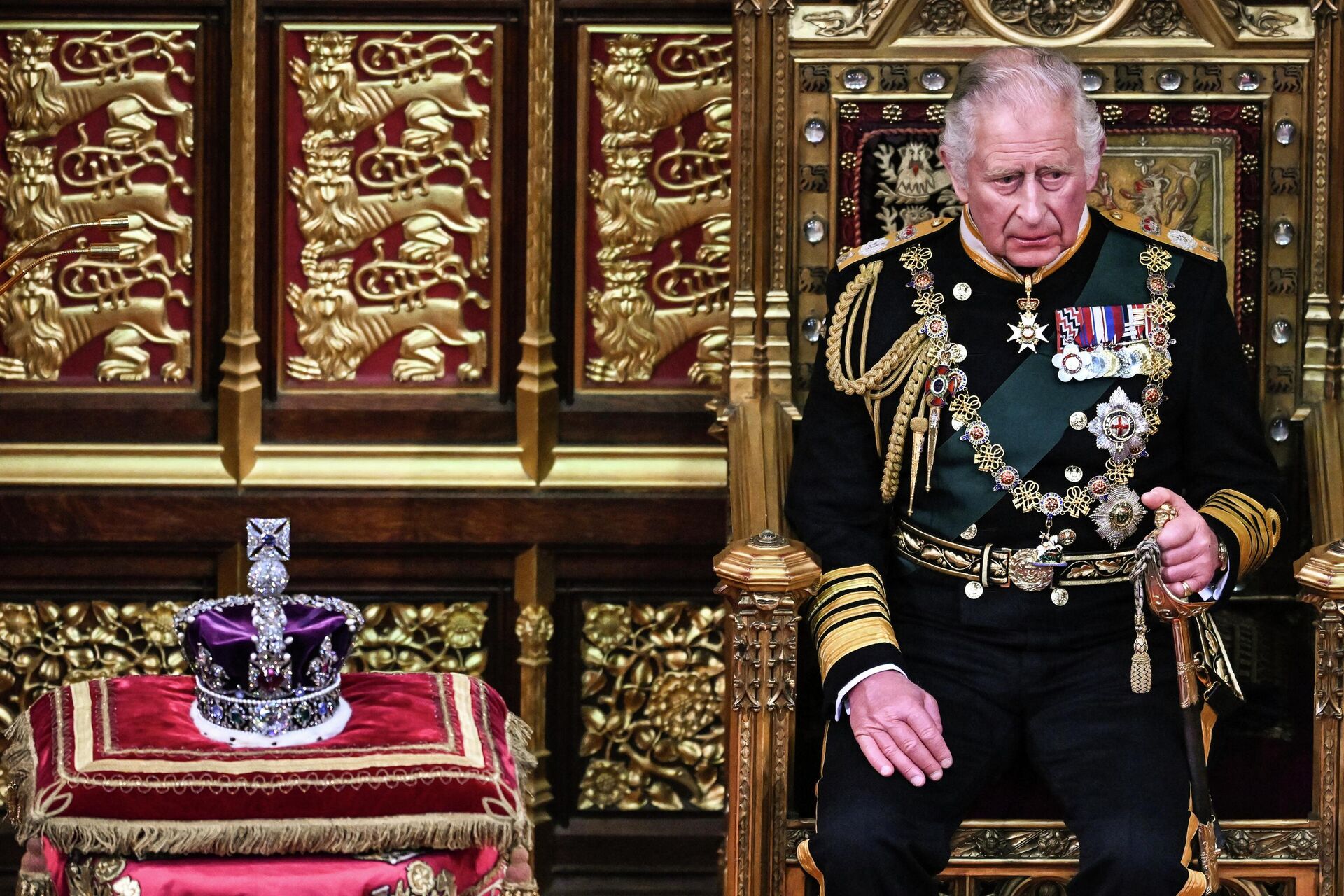https://sputnikglobe.com/20220908/the-british-monarchy-a-brief-history-in-the-thrones-line-of-succession-1100565648.html
The British Monarchy: A Brief History in the Throne’s Line of Succession
The British Monarchy: A Brief History in the Throne’s Line of Succession
Sputnik International
MOSCOW (Sputnik) - UK Queen Elizabeth II, in full Elizabeth Alexandra Mary Windsor, died at the age of 96 on Thursday after a 70-year reign. She became the... 08.09.2022, Sputnik International
2022-09-08T21:09+0000
2022-09-08T21:09+0000
2022-09-08T21:07+0000
world
queen elizabeth ii
king charles iii
british monarchy
succession
https://cdn1.img.sputnikglobe.com/img/07e6/09/08/1100565501_0:160:3073:1888_1920x0_80_0_0_cd894bd483504cfd78f17f02d10d1557.jpg
Now, after the queen's death, her son, Charles III is next in line to be named the king of the United Kingdom. In light of these events, here's a brief lesson on the monarchy's line of succession.Male heirs had priority in the succession to the British throne by birth for many centuries. The right was based on primogeniture, which provided the firstborn legitimate son with an opportunity to inherit parent's property, even if he had older sisters.The rule was established by the Act of Settlement of 1701, which also secured the British throne for the Protestants, and a number of other regulations, including the Union with Scotland Act 1706, the Royal Marriages Act 1772, the British-Irish Acts of Union 1800, the Accession Declaration Act 1910 and the Regency Act 1937.The first talks about changing the order of succession to the British throne appeared in the early 1980s, but the idea did not find support from the British government then.However, as social norms evolved, movements for gender equality and freedom of religion arose and spread around the world in the 21st century, the British government raised the issue of reforming the succession. The final approval of the new law required the consent of all 16 Commonwealth nations, where the British monarch was considered to be a formal head of state.On October 28, 2011, during the Commonwealth Summit, the leaders of the countries approved changes to the rules for succession to the British throne, thus abolishing the long-standing tradition of male heirs' priority. Since then, the first child born to the royal couple, regardless of gender, has been considered a heir to the throne. Moreover, the new legislation nullified the principle forbidding a future British monarch to marry a Catholic.On April 25, 2013, the United Kingdom passed into law the Succession to the Crown Act giving effect to the reforms. The new rules entered into force on March 26, 2015, after ratification by all Commonwealth nations. The act applies to those born after October 28, 2011.Now, after the death of Queen Elizabeth II, the Crown will be inherited by her son, Charles III. His eldest son Prince William, Duke of Cambridge, is the next in line to the throne. He is followed by his children Prince George, Princess Charlotte and Prince Louis. The fifth in line is Prince Harry, Duke of Sussex, the younger son of Charles III, and the sixth is Harry's elder child, Archie Mountbatten-Windsor.
https://sputnikglobe.com/20220908/a-look-back-at-the-life-of-longest-reigning-uk-monarch-queen-elizabeth-ii-1100542758.html
Sputnik International
feedback@sputniknews.com
+74956456601
MIA „Rossiya Segodnya“
2022
Sputnik International
feedback@sputniknews.com
+74956456601
MIA „Rossiya Segodnya“
News
en_EN
Sputnik International
feedback@sputniknews.com
+74956456601
MIA „Rossiya Segodnya“
Sputnik International
feedback@sputniknews.com
+74956456601
MIA „Rossiya Segodnya“
queen elizabeth ii, king charles iii, british monarchy, succession
queen elizabeth ii, king charles iii, british monarchy, succession
The British Monarchy: A Brief History in the Throne’s Line of Succession
MOSCOW (Sputnik) - UK Queen Elizabeth II, in full Elizabeth Alexandra Mary Windsor, died at the age of 96 on Thursday after a 70-year reign. She became the second-longest reigning monarch in European history following French King Louis XIV.
Now, after the queen's death, her son, Charles III is next in line to be named the king of the United Kingdom. In light of these events, here's a brief lesson on the monarchy's line of succession.
Male heirs had priority in the succession to the British throne by birth for many centuries. The right was based on primogeniture, which provided the firstborn legitimate son with an opportunity to inherit parent's property, even if he had older sisters.
The rule was established by the Act of Settlement of 1701, which also secured the British throne for the Protestants, and a number of other regulations, including the Union with Scotland Act 1706, the Royal Marriages Act 1772, the British-Irish Acts of Union 1800, the Accession Declaration Act 1910 and the Regency Act 1937.
The first talks about changing the order of succession to the British throne appeared in the early 1980s, but the idea did not find support from the British government then.
However, as social norms evolved, movements for gender equality and freedom of religion arose and spread around the world in the 21st century, the British government raised the issue of reforming the succession. The final approval of the new law required the consent of all 16 Commonwealth nations, where the British monarch was considered to be a formal head of state.
On October 28, 2011, during the Commonwealth Summit, the leaders of the countries approved changes to the rules for succession to the British throne, thus abolishing the long-standing tradition of male heirs' priority. Since then, the first child born to the royal couple, regardless of gender, has been considered a heir to the throne. Moreover, the new legislation nullified the principle forbidding a future British monarch to marry a Catholic.

8 September 2022, 17:35 GMT
On April 25, 2013, the United Kingdom passed into law the Succession to the Crown Act giving effect to the reforms. The new rules entered into force on March 26, 2015, after ratification by all Commonwealth nations. The act applies to those born after October 28, 2011.
Now, after the death of Queen Elizabeth II, the Crown will be inherited by her son, Charles III. His eldest son Prince William, Duke of Cambridge, is the next in line to the throne. He is followed by his children Prince George, Princess Charlotte and Prince Louis. The fifth in line is Prince Harry, Duke of Sussex, the younger son of Charles III, and the sixth is Harry's elder child, Archie Mountbatten-Windsor.




